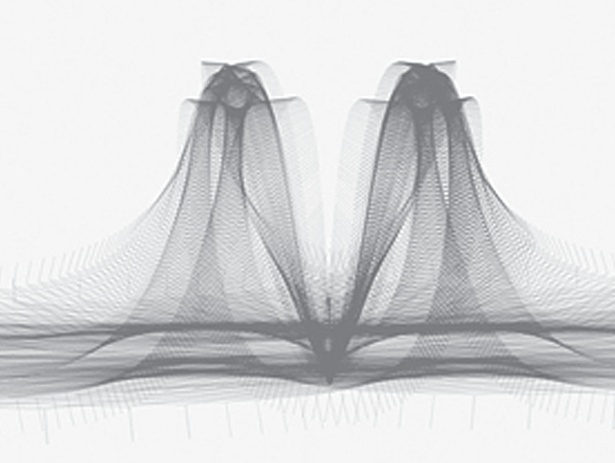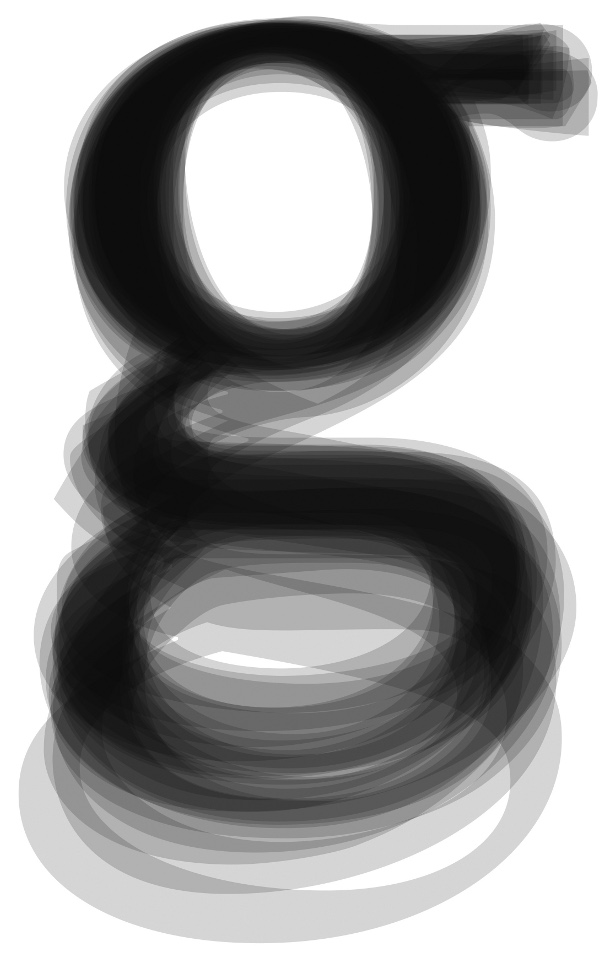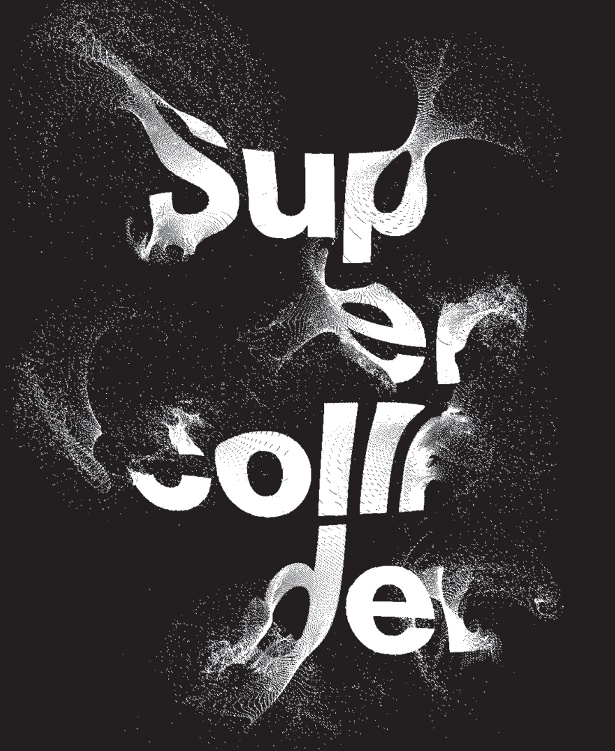Micro trends: Typographic influences
FranklinTill reveals the seven key styles that are inspiring typographers, and how they’re being used in exciting new ways

4: Generative type
Digitally generated and programmed materials are being used to create new font forms. These are all evolving forms that cannot be repeated, thus generating individual and unique typography. Changing angles, the number of segments, their rotation, reflection and overlay all contribute to creating new forms.
The Motion Responsive Logo by Jamie Thompson embodies this trend. Thompson has developed a logo that reacts to different thresholds of movement from eight motion sensors placed in various locations in his studio. The quantity of movement changes the colour of the logo, which is retained for longer than it takes to input, giving the observer a sense of how long ago there was movement and how much movement there was.

Similarly, Karin von Ompteda’s Type Diversity poster explores variations in letterform across 20 of the most important sans serif and serif text faces. The images are created by overlaying glyph outlines of ‘regular’ fonts and adjusting their opacity, with dark areas representing the degree of similarity in form across different typeface designs.
New York-based designer Craig Ward likes to play with words. Working predominantly in the editorial and publishing fields, he sees himself as a typographic illustrator; bringing to life headlines and continuously exploring the notion of word as image. His work The Bulk of Reality is a personal exploration into the ideas behind theoretical physics and quantum mechanics. “After reading The Elegant Universe (by Brian Greene), I was really inspired by some of these abstract and oblique concepts and wanted to try and bring them to life typographically,” he explains. Ward attempts to express these ideas through letterforms.

Daily design news, reviews, how-tos and more, as picked by the editors.

The Creative Bloq team is made up of a group of art and design enthusiasts, and has changed and evolved since Creative Bloq began back in 2012. The current website team consists of eight full-time members of staff: Editor Georgia Coggan, Deputy Editor Rosie Hilder, Ecommerce Editor Beren Neale, Senior News Editor Daniel Piper, Editor, Digital Art and 3D Ian Dean, Tech Reviews Editor Erlingur Einarsson, Ecommerce Writer Beth Nicholls and Staff Writer Natalie Fear, as well as a roster of freelancers from around the world. The ImagineFX magazine team also pitch in, ensuring that content from leading digital art publication ImagineFX is represented on Creative Bloq.
